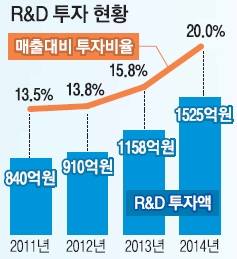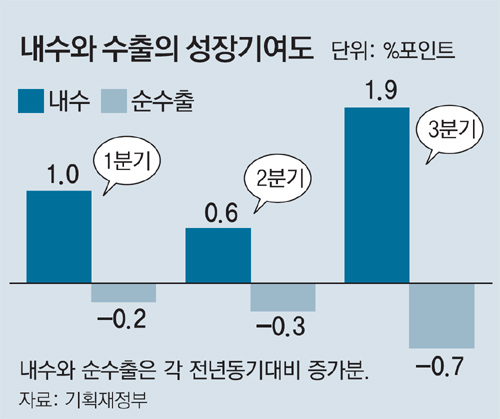From Makezine:
The Chinese have a saying: “It doesn’t matter if the cat is black or white as long as it can catch mice.” While often attributed to the late Chinese leader and architect of economic reform, Deng Xiaoping, it is older. But it is fitting that people attribute it to Xiaoping because it was his push for a more pragmatic, results-based approach to economics and politics that gave birth to the mutant urban marvel that is Shenzhen, a southern Chinese city that’s become not only a global mass market electronics manufacturing juggernaut, but also a place where tiny startups flock to incubate their products and get them to market as quickly and inexpensively as possible.
“The world’s tech incubator,” “Silicon Valley for hardware,” “the electronics capital of the world,” “mecca for Makers,” “‘easy’ China,” “a sprawling electronics ecosystem,” and “the Digi-Key catalog meets Blade Runner” — these are just some of the ways that Shenzhen has been characterized. If you’ve spent any time in Maker circles, you’ve undoubtedly heard of Shenzhen and how it’s apparently some sort of Shangri-La for hardware startups. So what actually makes it such a unique and valuable location, prone to such breathless labels?
Doing business in China, or, God forbid, moving to China to be closer to your factories and suppliers (which many of the people we talked to ended up doing) can open Makers to severe criticism. Makers inevitably get asked pointed questions about taking work out of the U.S., and about labor and environmental concerns. “I get asked why I don’t promote ‘Made in the USA’ a lot,” says Akiba. “I think that corporate America created this problem about two decades ago when ‘management gurus’ and Harvard Business Review writers started telling companies to focus on their core competencies and outsource everything else to low-wage countries like China. One thing those managers didn’t understand was that the employees in their companies, with a detailed understanding of their manufacturing process and its quirks, were some of their core competencies. It’s sad that most corporations in the U.S. — especially in the Bay Area — gave all of that up, and in the process, depleted the manufacturing ecosystem there, as suppliers, equipment Makers, and the like either disappeared or moved to where that manufacturing was still happening.”

Rows of pick-and-place machines in a Shenzhen factory.
Huang also emphasizes the often-overlooked importance of this support infrastructure that surrounds any world manufacturing center. “Manufacturing implies an entire ecosystem of suppliers, repair technicians, jobbers, shipping and delivery services, etc.,” he says. To illustrate what makes Shenzhen so unique, he shared a story at the 2013 Shanghai Maker Carnival: “I’m in my apartment, in Huaqiangbei, and I get a call early in the morning. My factory is short of transistors. So I get up, walk downstairs, buy 3,000 transistors on the street, walk over to the factory, thread it into the reel on the line, and two hours later, the line’s up and running again.” In another city or situation, he says, your factory would be down for maybe 24 hours. Those 24-hour delays begin to mount and seriously slow delivery of your product.
http://makezine.com/2015/06/15/making-in-shenzhen/









